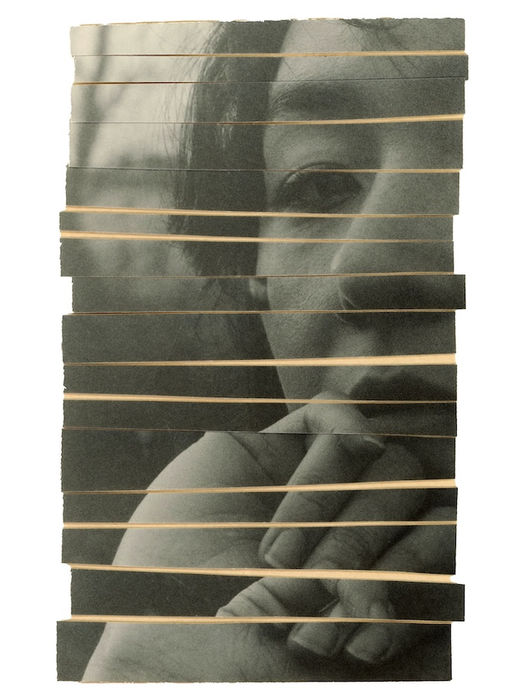Présentation de l'artiste
Samantha Jensen
Samantha Jensen is a Brooklyn-based visual artist and photographer from Northern
California. She studied Art History and Studio Art at NYU, and graduated from the Creative
Practices program at the International Center of Photography in 2024.
Her work tells stories about intimacy and fragility, the familial and the environmental, and
the collision between personal and public histories. Born into a family affected by chronic
health issues and within a physical landscape plagued by wildfires, droughts, and
earthquakes, her artistic practice speaks to a sparing, sometimes removed view of
intimacy, and the mirroring often found within relationships, either between each other or
the spaces in which we inhabit.
Her work has been shown in group exhibitions, most recently in the "Shared Spaces"
exhibition at the International Center of Photography. Her work has been published in Its
Nice That, Interview Magazine, Wonderland, WWD, Foto Filmic no. 19, Revue Collé, and
Art Seen Magazine.

Artist statement
Utilizing both single-image photographs and collage, expired and unexpired darkroom
paper, these works explore the limitations of photography to present fixed identities – of
efforts to consolidate a subject within the confines of the given frame. Instead, I engage
with fragmentation and rupture, inviting the viewer to put the pieces together, questioning
what worlds can be created when we break from the imposed structures of the
photographic medium. What happens when the traditional binaries are rearranged, or
reimagined?
The collages often begin as single images, but within the darkroom printing process the
images are ripped and torn. The disparate pieces are then reattached, presenting them to
the viewer to be structured anew, employing our desire as humans to heal and preserve
relationships. Rupture and restoration are both collaborative processes.
My work is concerned with the construction of wholes from parts — moments are to
narratives as a touch is to care; as a gesture (both in my tearing of the paper, and in those
almost imperceptible physical gestures of my subjects) is to a series of possible persons
and their relationships. Present through all of this, though, is the recognition that tears –
both in images and in relationships – can rarely be seamlessly mended, and that in spite of
this there is beauty in their “repair.”
The portraits submitted are of my friends and family, the fragments are of relationships I’ve
witnessed (mothers/daughters, lovers), and the abstract images are cameraless works
printed on darkroom paper expired in the 1970s.












